Nikon D500 vs D7500
The D500 is Nikon’s flagship APS-C format DSLR but the D7500 has things in common, so you could save yourself some cash
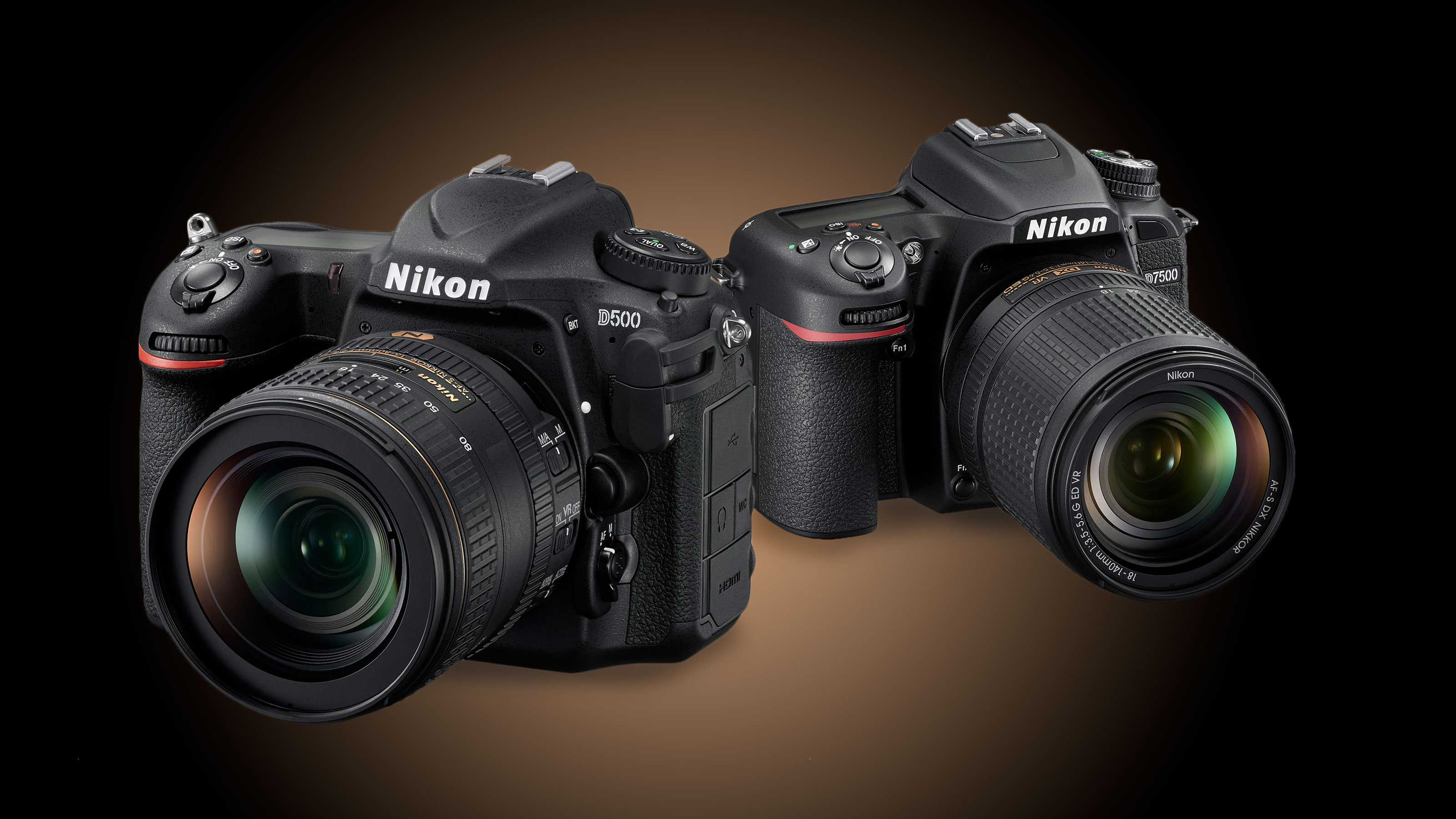
Nikon announced the D500 in January 2016 at the same time as the D5. These two cameras immediately became the company’s flagship cameras with the D5 being the go-to full-frame DSLR for professional Nikon-loving photojournalists and sports photographers and the D500 being its APS-C format equivalent, featuring the same sensor architecture.
Then around 15 months later, Nikon introduced the D7500, a DSLR aimed at enthusiast photographers but with lots in common with the D500 and therefore also the D5. So which should you go for, the D500 or the D7500? Read on to make your decision.
Nikon D500 vs D7500
Why you can trust Digital Camera World
1. Sensor
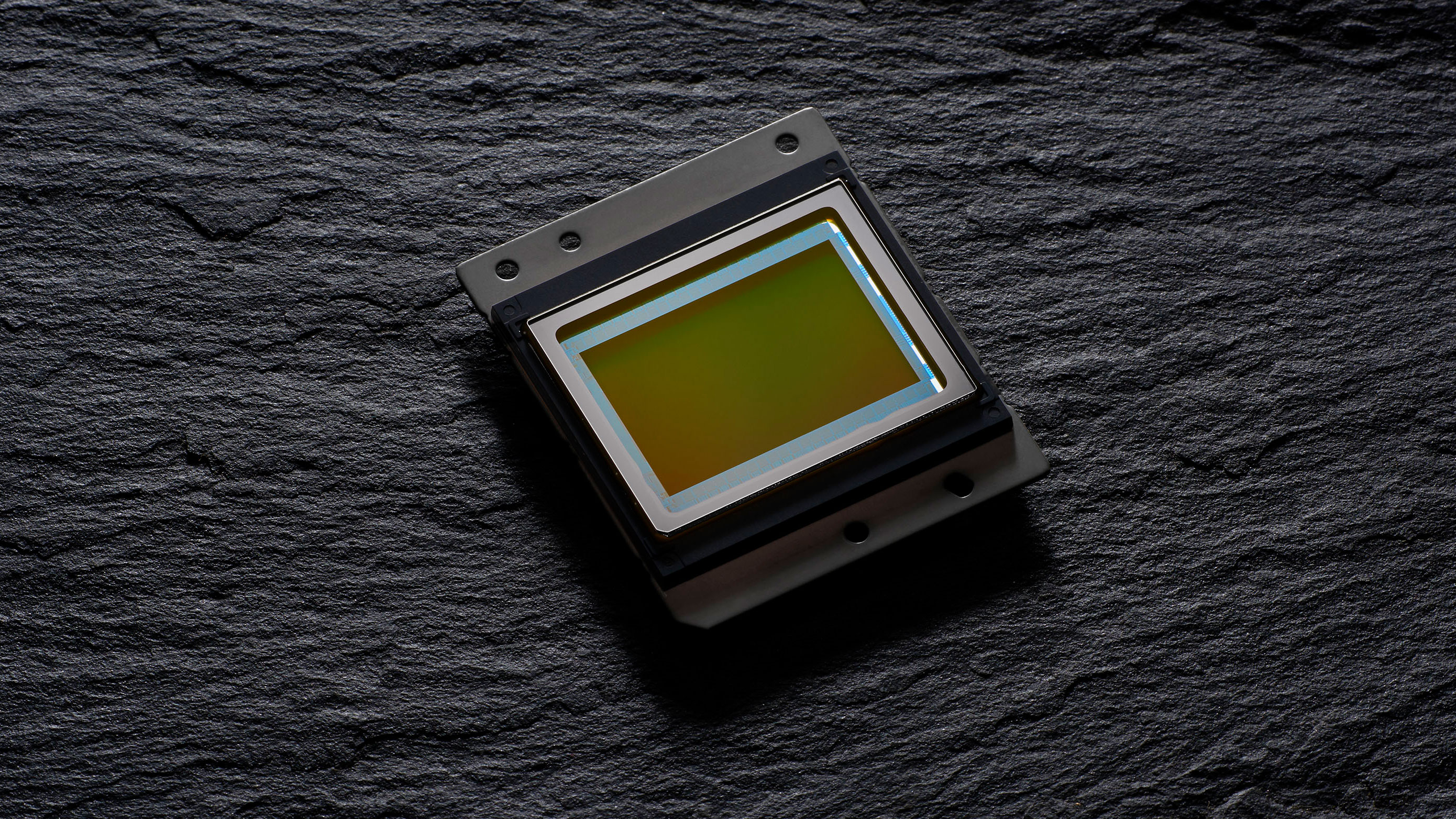
• Nikon D500: 20.9MP APS-C (23.5 x 15.7mm) CMOS paired with the Expeed 5 processor
• Nikon D7500: 20.9MP APS-C (23.5 x 15.7mm) CMOS paired with the Expeed 5 processor
One of the most exciting features of the D7500 is that it has exactly the same 20.9Mp sensor as the flagship D500 and it’s paired with the same processing engine. While a pixel count of 20.9-million might seem quite modest, it means that the pixels can be larger than a higher-resolution sensor and this enables better control of image noise.
However, despite having the same sensor and processing engine, the D500 has a higher native sensitivity range of ISO 100-102,400 with expansion settings going to ISO 50-1,640,000, while the D7500 has a standard range of ISO 100-51,200 that’s expandable to ISO 50-1,640,000.
2. Continuous shooting
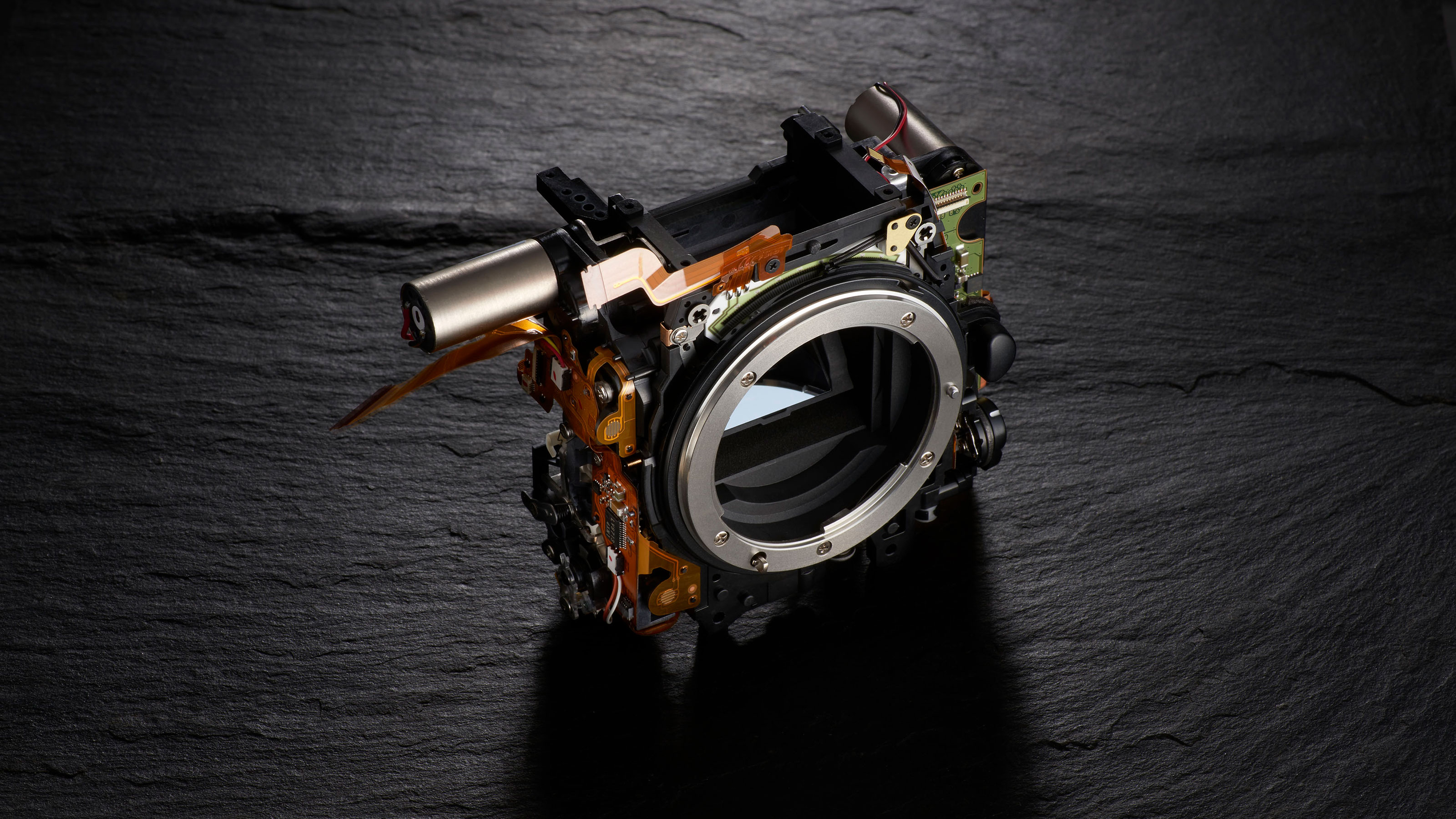
• Nikon D500: 10fps
• Nikon D7500: 8fps
Although they have the same sensor and processing engine, Nikon reined in the continuous shooting rate of the D7500 in comparison with the D500. Nevertheless, a continuous shooting rate of 8fps is still more than adequate in most shooting scenarios, including sport photography.
The D500 also has a bigger buffer that enables it to shoot 200 images at 10fps at every raw file setting apart from uncompressed 14-bit raw, when it can only capture 79 images in one hit. The maximum number of images that the D7500 can capture in one sequence at 8fps is 100 and that’s when the image quality use set to compressed 12-bit raw files or Large Fine JPEG. At every other setting, the D7500 captures fewer images.
3. Autofocus system
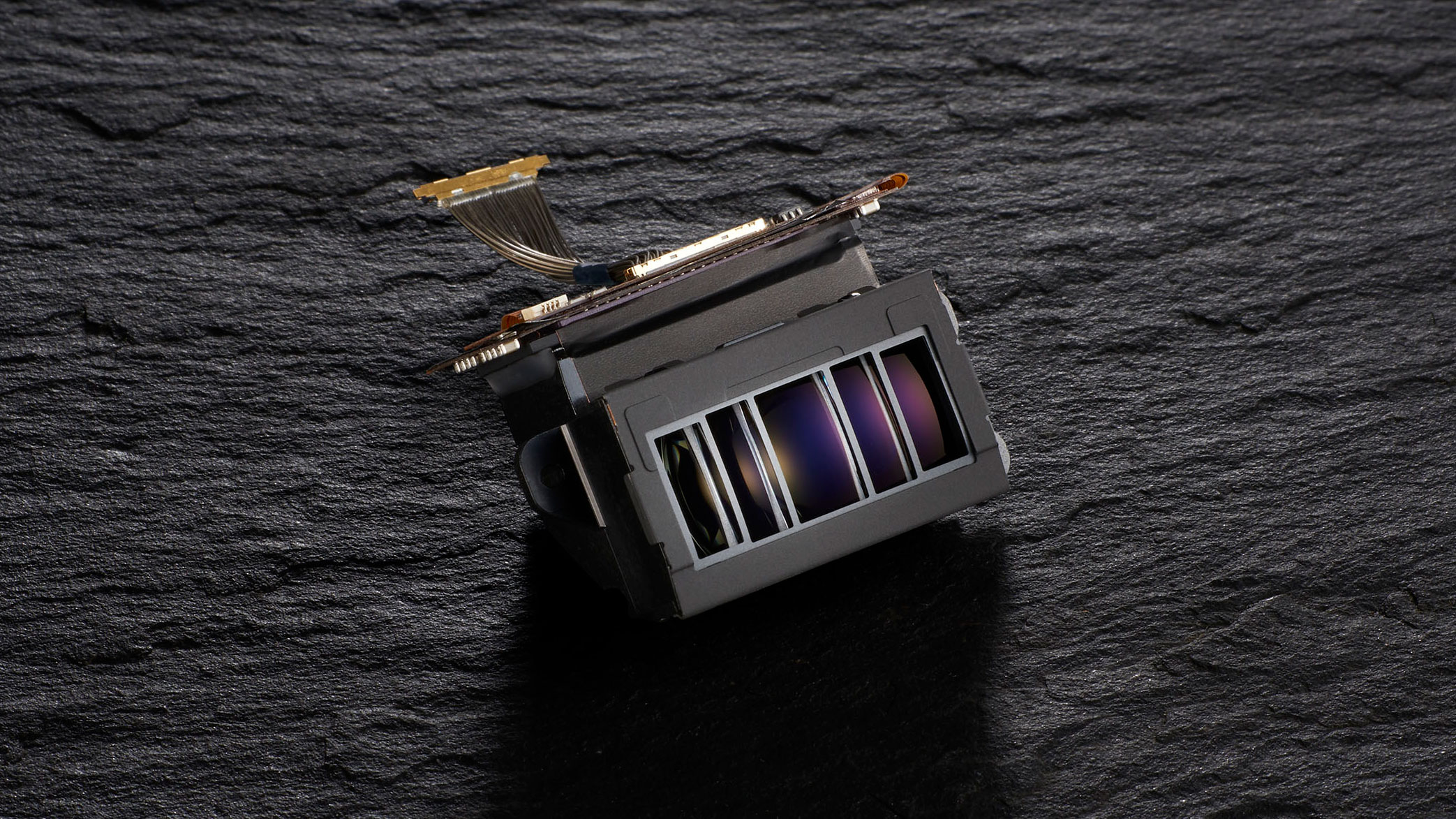
• Nikon D500: 153-point with 99 cross-type
• Nikon D7500: 51-point with 15 cross-type
While the D7500’s 51-point autofocus system is very good, the D500’s 153-point AF system is superb and it’s part of the reason that the camera has found favour with serious wildlife photographers.
Those extra focus points and additional cross-type points mean that the D500 is better at focusing on small details and it has an advantage when it has to track a moving subject around the frame.
4. Screen
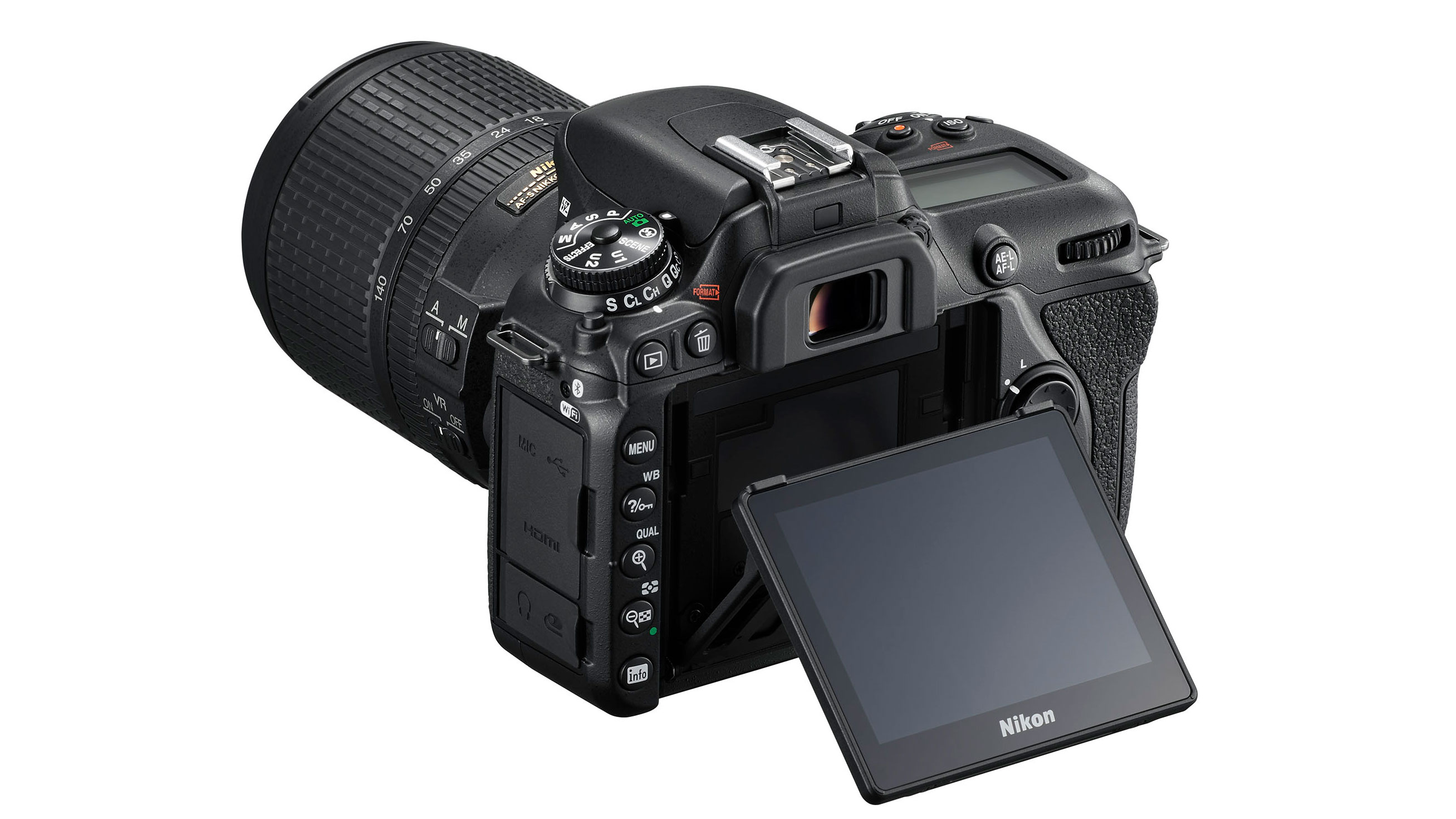
• Nikon D500: 3.2-inch 2,359,000-dot tilting touch-screen
• Nikon D7500: 3.2-inch 922,000-dot tilting touch-screen
It's swings and roundabouts with the screens, as although the D7500’s monitor has a lower resolution than the D500’s, it allows much more touch-control. For example, you can select options from the menu and make settings adjustments with taps on the D7500’s screen but with the D500 you are limited to using it for things like setting the AF point and swiping between images or zooming in to check focus.
5. Control arrangement
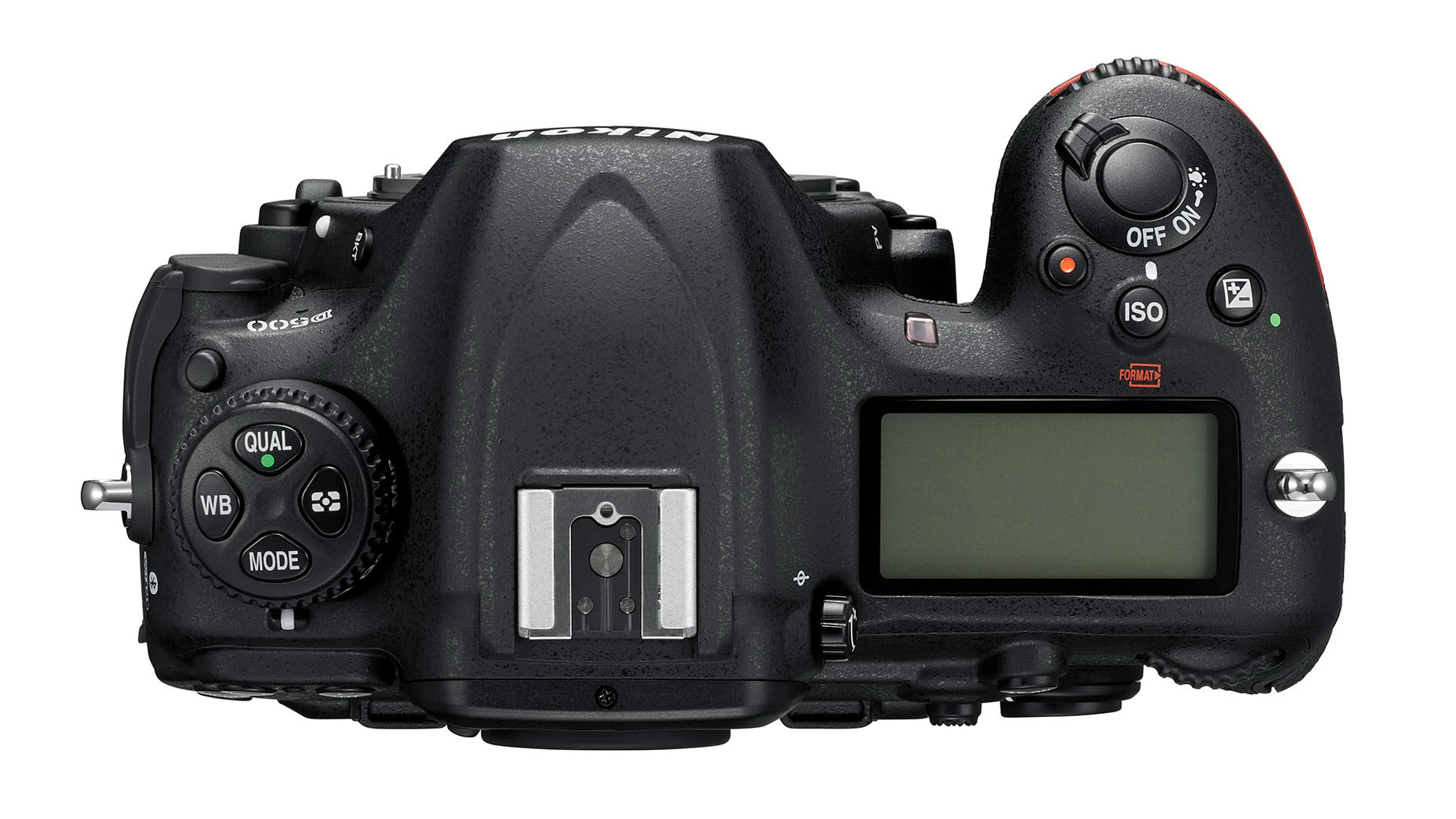
• Nikon D500: Button control
• Nikon D7500: Mode dial
Although it won’t take an experienced photographer long to get to grips with either camera, the control arrangement of the D500 and D7500 is quite different. The D7500, for instance, has a mode dial on its top plate and there are buttons on its rear to access the image quality, white balance and metering options. The D500, however, doesn’t have a mode dial and there are buttons on its top plate to set the exposure, image quality, white balance and metering modes.
However, both cameras have to dial for setting the drive mode.
6. Storage
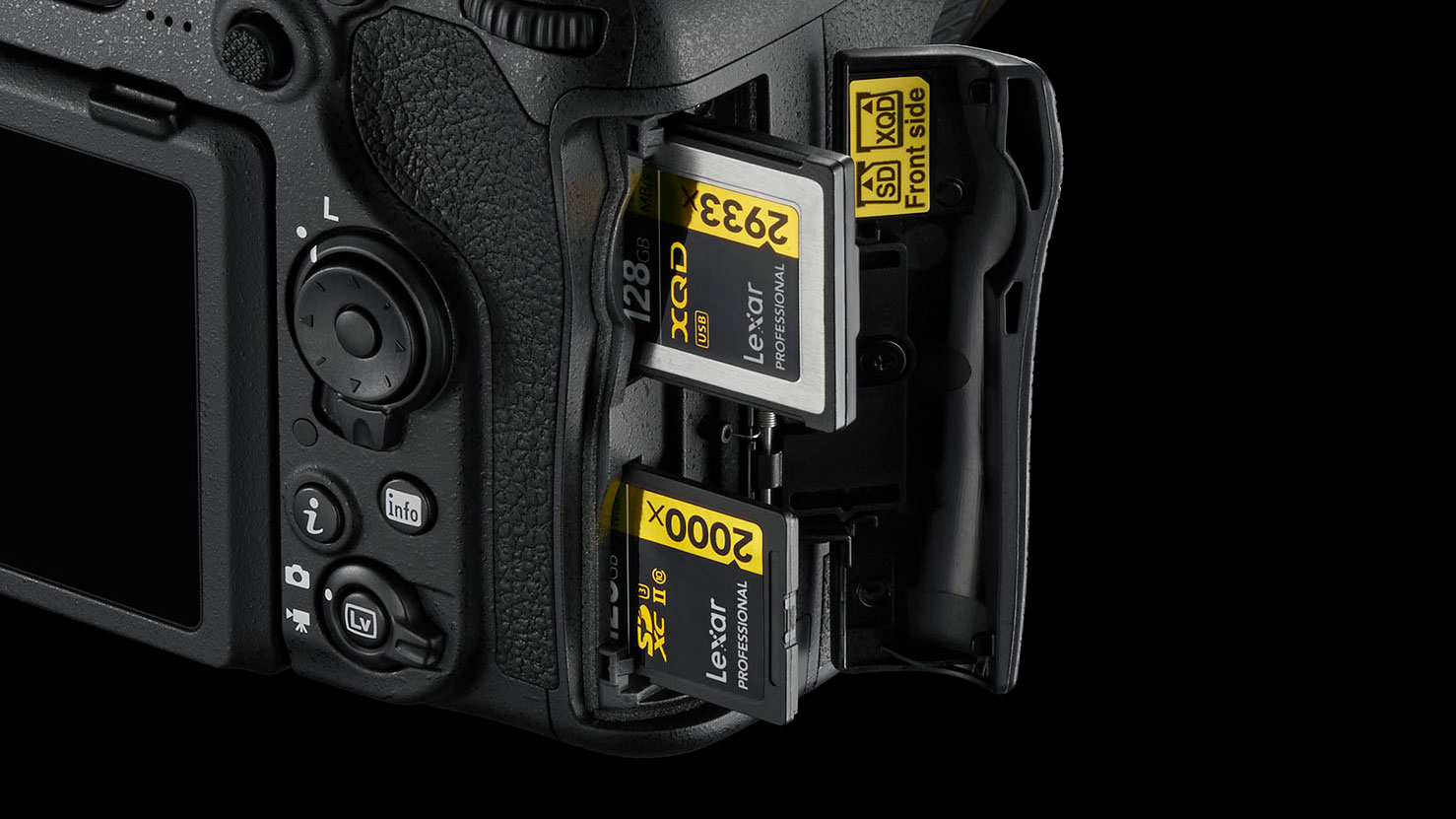
• Nikon D500: XQD and SD/SDHC/SDXC UHS-II slots
• Nikon D7500: A single SD/SDHC/SDXC UHS-I slot
Reflecting its pro and high-end enthusiast audience, the D500 has two card slots, one that can accept XQD media and the other for SD-type cards. The second slot is also compatible with UHS-II compliant cards which helps to deliver its faster pace and deeper burst depth. In contrast, the D7500 only has a single SD-type slot and it’s the slower UHS-I variety.
7. Size and weight
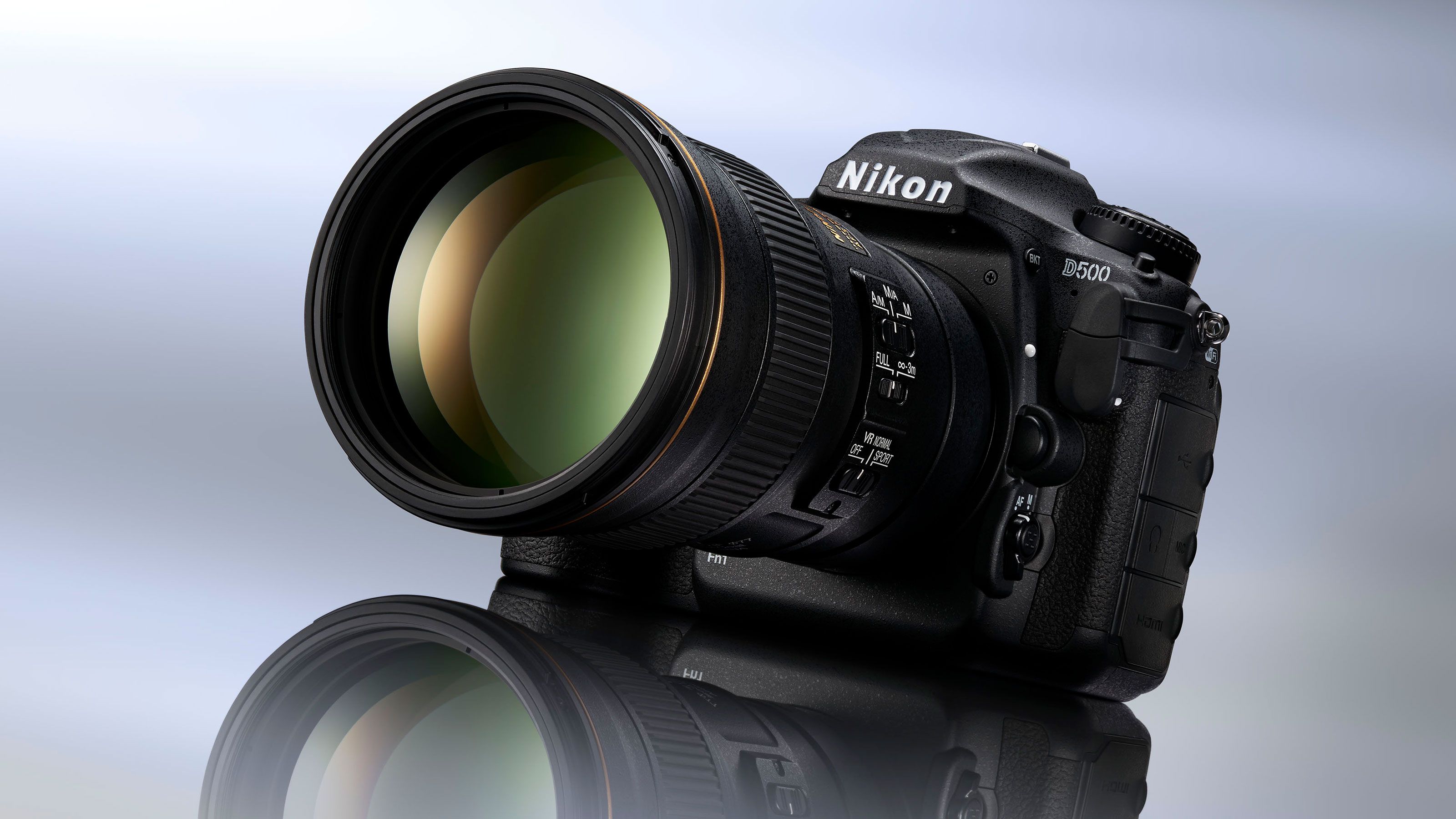
• Nikon D500: 147 x 115 x 81 mm and 860g with a battery and XQD card
• Nikon D7500: 135.5 x 104 x 72.5 mm/ and 720g with battery and card
As you can see from the specifications, the D500 is significantly bigger and heavier than the D7500. This has pros and cons. The D500 feels better balanced than the D7400 with long telephoto lenses, for example, but you’ll be thankful for the weight saving if you have to walk a long distance with the D7500.
Nikon D500 vs D7500 conclusions
The Nikon D7500 is a very good allrounder with fast autofocusing, excellent noise control in low light and an intuitive control system that makes good use of the touchscreen. However, its aimed squarely at enthusiast whereas the D500 is aimed at professional photographers and advanced amateurs and it has a higher-level AF system and a more robust build.
If you’re planning to use either camera alongside another Nikon DSLR, it’s with considering the control arrangement as you’re like to be able to sip between the cameras more seamlessly if they have a similar layout.
How we test cameras
We test mirrorless and DSLR cameras both in real-world shooting scenarios and in carefully controlled lab conditions. Our lab tests measure resolution, dynamic range and signal to noise ratio. Resolution is measured using ISO resolution charts, dynamic range is measured using DxO Analyzer test equipment and DxO Analyzer is also used for noise analysis across the camera's ISO range. We use these real-world testing and lab results to inform our comments in buying guides. For compact cameras and phones, we judge on real world handling and photographic results alone.
Get the Digital Camera World Newsletter
The best camera deals, reviews, product advice, and unmissable photography news, direct to your inbox!
Angela has been testing camera gear from all the major manufacturers since January 2004 and has been Amateur Photographer’s Technical Editor and Head of Testing for Future Publishing’s photography portfolio (Digital Camera Magazine, PhotoPlus: The Canon Magazine, N-Photo, Practical Photoshop, Photography Week and Professional Photography magazines, as well as the Digital Camera World and TechRadar websites). She is the founder of SheClicks - a community group that encourages and supports female photographers.

